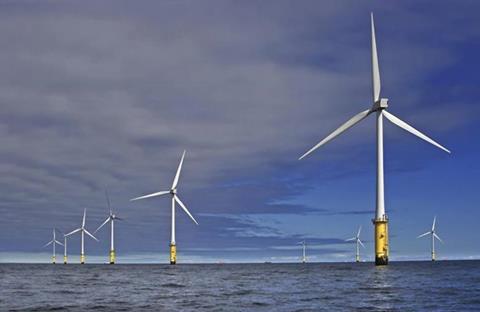The US Department of Interior held its first-ever offshore wind energy auction for the Gulf of Mexico region earlier this week, with lacklustre results.

As HLPFI reported here, the auction offered two areas – one comprising 102,480 acres (41,472.2 ha) and the other 96,786 acres (39,168 ha) – offshore Galveston, Texas, and a third 102,480-acre (41,472.2-ha) lot offshore Lake Charles, Louisiana.
Only two companies bid on the Lake Charles area, with RWE Offshore US Gulf emerging as the winner for the plot that has a potential to install approximately 1.24 GW of offshore wind energy capacity. The two Galveston lease areas received no bids.
The disappointing interest in the areas could be indicative of the broader issues facing the offshore wind energy industry; inflation, licensing delays and rising interest rates are casting a shadow over a number of developments.
Ørsted, for instance, this week revealed anticipated impairments on its US portfolio. It said: “As part of the continued maturation and a pre-final investment decision (FID) review of its near-term US offshore development projects, Ørsted has assessed the aggregate adverse impacts relating to the supply chain, lack of favourable progress in Investment tax credit (ITC) guidance, and increased interest rates, which affect its US portfolio.”
It added that the Ocean Wind 1, Sunrise Wind, and Revolution Wind projects are adversely impacted by a handful of supplier delays. Ørsted has concluded that there is a continuously increasing risk in these suppliers’ ability to deliver on their commitments and contracted schedules. This could create knock-on effects requiring future remobilisations to finish installation, as well as potentially delayed revenue, extra costs, and other business case implications.
In addition, continued discussions with senior federal stakeholders about additional ITC qualifications for Ocean Wind 1 and Sunrise Wind are not progressing as the company previously expected. “We continue to engage in discussions with federal stakeholders to qualify for additional tax credits beyond 30 percent. If these efforts prove unsuccessful, it could lead to impairments of up to DKK6 billion [USD876 million].”
Furthermore, the US long-dated interest rates have increased, which affect Ørsted’s US offshore projects and certain onshore projects.
















